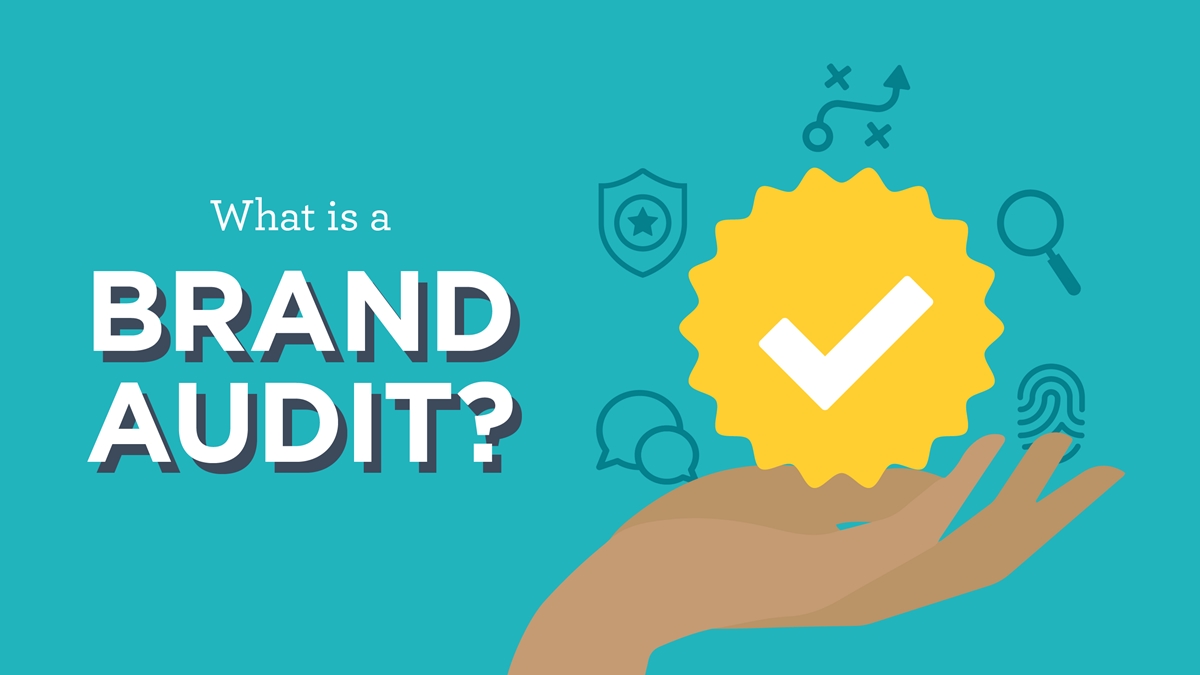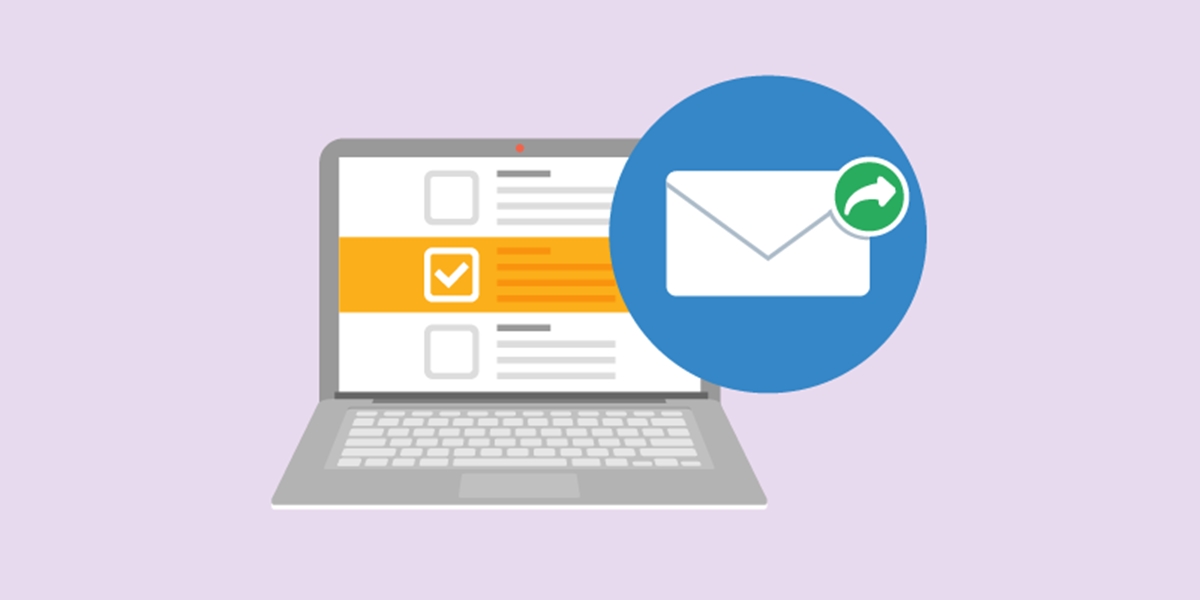How to conduct a Brand Audit for your business?
Do you want a wider landscape of your business’s performance and its position on the market? It’s necessary to get a brand audit.
Having strong and healthy brands helps you to increase profit and promote company value effectively. In addition, you are able to achieve a premium, ensure customer preference in purchasing decisions, gain customer trust and loyalty, which decreases the cost of sales, and fight off the competition.
So this is the reason why today we introduce to you Brand Audit: Step-by-step Guide to conduct it for your business, assisting you in getting a health check for your business.
What is a brand audit?

A brand audit is a detailed analysis that identifies your brand’s strengths and weaknesses with chances for transformation and development. It indicates how your business is currently operating compared to its earlier aims, and then opens a broader overview to see the positioning of your brand in the market.
The methodology will vary depending on each industry and individual company. With an audit, you can:
- Build the performance of your brand
- Identify your strengths and weaknesses
- Modify your strategy to meet the expectations of your customers
- Know your position in the market compared to the competition
Brands can be compared to living entities with life cycles. They begin with incitement and commitment, develop and then consequently plateau. It’s at this mature period of development when they probably begin to lose relevance when customers move on to the newest hot thing.
With a brand audit health check, you can easily control and track this cycle. That means your brand can stay healthy and relevant. You also know the time to revitalize before sales begin to slip. Plus, a brand audit helps you find new areas for improvement and growth.
Why is a brand audit essential for your business?

Strong and healthy brands earn you more money. The stronger your brand grows, the more competitive your business becomes. An effective brand can encourage, attract, and engage more audiences and eventually drastically promote your bottom line. Nevertheless, a health check is always in need to keep your powerful brands on the right track.
With a booming, consistent brand, you can save money from catching new customers. You’ll gain loyalty from your existing customers and can charge a premium price for your products and services. A robust brand also stimulates referrals, which play an important part of the brand and its profitability.
Disconnected brands will likely experience their market decrease, reducing sales, and push you out of business.
Thanks to a brand audit, you can find out new development opportunities for your brand and new ways to make your brand-friendly and attractive with current and new target customers, building long-term, consistent future for your brand.
A comprehensive brand audit will help you discover both the business and the customer perspective in terms of:
- Business and brand resource strengths
- Value of the brand
- Understanding of the brand’s position in the market
- Weaknesses of the brand
- Newmarket chances
- Outside risk
- New product promotion and future channels of profitability
- Powerful positioning in the market
- Perception, image, prestige, and perspective to the brand in the market
- Effectiveness of brand management attempts
How to conduct a brand audit for your business?

Step 1: Create a Framework
It’s important to look at your goal and strategic objectives to build a framework.
You want to identify who your target audiences are, the marketing strategy to catch them, and the layout of the business landscape you operate in.
Some organizations will refer to their go-to-market strategy. This includes the overarching plan that consists of target audiences (geography location, job, sectors, purchaser personas), product portfolio, distribution channels, cooperation, adversaries, and pricing.
Step 2: Consider your data
Web Analytics
If your SEO or display advertising is succeeding or needs optimization, you’ll need to track both paid and organic channels. You also can see whether traffic is coming from the market you are aiming for.
It’s essential to review which channels drive traffic: you want there to be a variety of sources to reduce any unexpected drops in one area.
Transparently, you also should monitor conversions and conversion rates. Your brand audit is responsible for deeper analysis to show if you are catching the right type of traffic, and which sorts of content are the most effective.
Social Data
Social data can draw an overview of your brand, providing access to customer data that is unavailable through other channels.
With the demographic information through social media, you can get a better understanding of your customers. If your audience is different from your perceived one, you might want to change the position of your messaging.
Social intelligence tools can help you understand more about your customers, checking their interest outside your brand to build marketing. Location-based social data can go well with web location data.
It’s possible to identify who is connecting with your website, just one way of uncovering influencers. Sentiment analysis enables you to get an overview of the broader public opinion around your brand, or certain strategy or product.
A linguistic analysis uses categorization of mentions to let you know about the associations with your brand. When you combine this data with customer analysis, you’ll have chances to reposition or emphasize strengths, and satisfying the needs of the market.
Sales Data
Obviously, sales data will be at the forefront of your monthly reporting. However, checking it with the rest of the audit data will help indicate problem areas.
Analyzing the whole customer journey gives the context which can show specific problem areas or chances to handle.
Step 3: Take a look at your competitors

The next step of conducting a brand audit is to take a look at your competitors to know your position in the market.
Competitor analysis tools will help you to investigate SEO and rankings, backlinks, content, advertising, rankings, traffic, email and price tracking.
You can find out the same date about your adversaries as your own brand thanks to social data.
Besides, calculating the share of voice indicates how much of the online conversation you are getting, and how the conversion is different in various markets.
Step 4: Create a survey with your customers

Determine survey method
The complexity of the survey and the number of participants will depend on your company situation. You’ll need sufficient information to evaluate the true perception, and a sample is wide enough to make sure that the results are relevant.
First, make a list of the people who can take part in your survey. Then, decide your survey format. There are a lot of choices for you.
Email - Utilize an online survey program such as Survey Monkey or Survey Gizmo to set up your survey and add up your results.

-
Email Survey Advantages
-
Simple to set up
-
Allows you to form your survey questions
-
Classifies responses and create reports
-
Cheap
-
Keeps costs low
-
-
Email Survey Advantages
-
May need deploying some times to have people response
-
Viewed as impersonal
-
Requests an attracting headline and introduction to have people to join
-
Direct Mail - Deliver a self-addressed stamped envelope with a cover letter and a paper survey.

-
Direct Mail Survey Advantages
-
More space to write a fascinating message to say thank to the customers for joining in and communicate any incentives
-
More excellent than email for catching customers who don’t use computers
-
-
Direct Mail Survey Disadvantages
-
Needs to have a professional look
-
May be viewed as annoying
-
Doesn’t match the “innovation” value proposition
-
Telephone - Make direct calls or hire a third party to make impartial ones.

-
Telephone Survey Advantages
-
Good way to gain detailed responses and investigate for more information
-
May provide unhappy customers whom you can help
-
-
Telephone Survey Disadvantages
-
Discontented customers may feel unhappy telling employees about their problems
-
Customers talking about a concern to another live person often anticipate action to be done instantly
-
Can be pricey if you use an outside group
-
Combination - Reach out to the customer via two ways - for instance, call or email them about a survey, then deliver it by mail.
-
Combination Advantages
-
Increase your response rate by increasing your awareness
-
Bolster the importance you put on customer trust and loyalty
-
Provide another opportunity to talk to your customers
-
-
Combination Disadvantages
- More expensive
Compose your questions
We provide you some questions below. They’re created to be open-ended instead of multiple-choice or ratings in order that you can get true, unsolicited feedback. These are effective with a small group of survey receivers (because you need to manually consider each answer and then give it a rating), but it will bring in exact, actionable results.
-
What do you think {your product or company name} means?
-
What are the main advantages {product/company} creates?
-
What is your working experience with {product/company}?
-
When buying from/working with {product/company}, how do you describe your expectations from us?
-
Imagine {product/company} were a person, how would you describe him/her? What human characteristics fit the brand?
-
What is the first thing you think of when hearing {product/company}?
Calculate sample size
There’s no need to pick up a survey from every participant. Instead, you are focusing on a “statistically valid sample size” or the number of answers you need so you can use those results for your total group of customers. Statistics is a complicated field, and consumer marketers must consider all kinds of calculations to measure exactly and apply their results. Some key metrics that a marketer can use include:
-
The sum of people to whom you want to apply the survey results (A)
-
The percentage of those people who answer your survey (B)
When A is very small, you need a higher percentage of them to respond to B so you can assure your results. If A is very big, it’s possible to use a lower percentage. According to statisticians and researchers, the term “confidence rating” shows the accuracy of a survey’s results. 95% is a standard confidence target.
How to calculate:
-
Quantity of potential respondents in the group (A) (population)
-
Percent who should answer the survey (B)
-
Quantity of fulfilled surveys desired (C = A*B)
-
Projected minimum answer rate (D) (as a decimal)
-
Quantity of surveys to release (C / D)
It’s quite hard to predict a response rate if you haven’t done a similar campaign with a similar group of people. There are several tips for you:
-
A phone survey will lead to the highest response rate but will be the most costly survey to set up. You can likely reach 80% of your list, depending on the volume of time you call.
-
A mail survey will deliver a much lower response rate than the phone. It’s possible to increase your response rate by making calls or sending emails to recipients ahead of time and requesting them to respond.
-
An email survey is very easy for participants, but you’ll need a fascinating headline and a solid message to have them take part in instead of erasing the message. An email survey is the least personal for the participants, and therefore they may not care about their answers.
-
If you provide an incentive, you can drastically increase your response.
When you’re ready to release your survey, you should remember some tips:
-
If you’re not using an online survey system, configure your worksheet to classify your results before you finish your survey. That can help ensure you’re asking your questions, which can be captured and measured in your spreadsheet.
-
People are hectic. Make sure the survey is as short as possible.
-
Ask people to answer within a quite short but fair time period - for instance, 7 days. A deadline is essential; otherwise, the piece may not catch the attention of the participants.
-
If the deadline comes and goes and you haven’t still gotten your minimum quantity of surveys, call or email the participants who haven’t answered and asked them if they’re pleased to help you develop.
-
Consider offering an incentive to respond.
-
Thank those who spent time on participating. A personal note, a letter, or a small gilt would be very effective.
Step 5: Do some user testings

Have you ever wondered how a customer experiences when he or she uses your site?
You might never know until you put yourself in your customer’s shoes. If you’re running an e-commerce site, have a quick checkup occasionally to identify any errors in the system. That enables you to evaluate the main features of your website, including navigation, account creation, data accuracy, shopping cart, and checkout.
User Testing - How will a Software-as-a-service business audit its service?
By getting a random group of users to check performance, usability, accessibility, and durability and offer you feedback on the app.
Besides, remember to test the following critical factors:
-
Security and Privacy Testing: You need to make sure that all security and privacy involved concerns are tested.
-
Performance Testing: Make sure that your Software-as-a-service is tested with many users at the same time from different locations.
-
Data Migration: When users would like to import or export their data from the application, it’s important to validate for data migration.
Step 6: Analyze results and take action
Analyze results
After you’ve gathered your survey results, it’s necessary to analyze them. Your goal is to find out if your current brand fits the market’s perception and your team’s perception of your brand. If it doesn’t, you may wish to discover the disconnects.
If you want to make analysis and reports for certain groups (customers, prospects, vendors, and so on), finish this task for each group. The first step is to decide how you’ll rate the answers. This relies on the type of survey and the number of responses, but your aim is to check how well most responses reflect your brand summary.
If you used open-ended questions, go through all of them and decide the average rating for each one. You can rate the answer to each question based on the scale below:
5 = the response is an excellent match to your brand plan
3 = the response is a general match to your brand plan
1= the response does not match your brand plan
It’s time to look at the separate groups you sent the questions to. Record the average rating for each one. Are there any trends? What can be concluded from the data?
For each group, define your results. If your audit fitted your brand summary, you succeed. If not, continue to decide the way to power your brand. Then apply these changes to the materials and messages in the market, along with your operational needs.
Take action

A brand audit should emphasize areas for action.
A detailed plan of results should be accompanied by a number of actionable targets, with a timeline of anticipated results. After you have done action on each area, track progress and results.
A continuous process of measurement will show whether your targets are being caught, but you may want to run the audit process again after a suitable amount of time.
Conclusion
The above article has just provided you with Detailed Instructions to Conduct a Brand Audit for Your Business.
Is your organization going through a downslide recently? Are you losing customers to your rivals? Is there an unexpected dip in sales and profit? If so, give a brand audit a try to find out the cause of these problems.
You can leave any questions or concerns in the comment box. We’ll answer you as soon as possible.
New Posts






